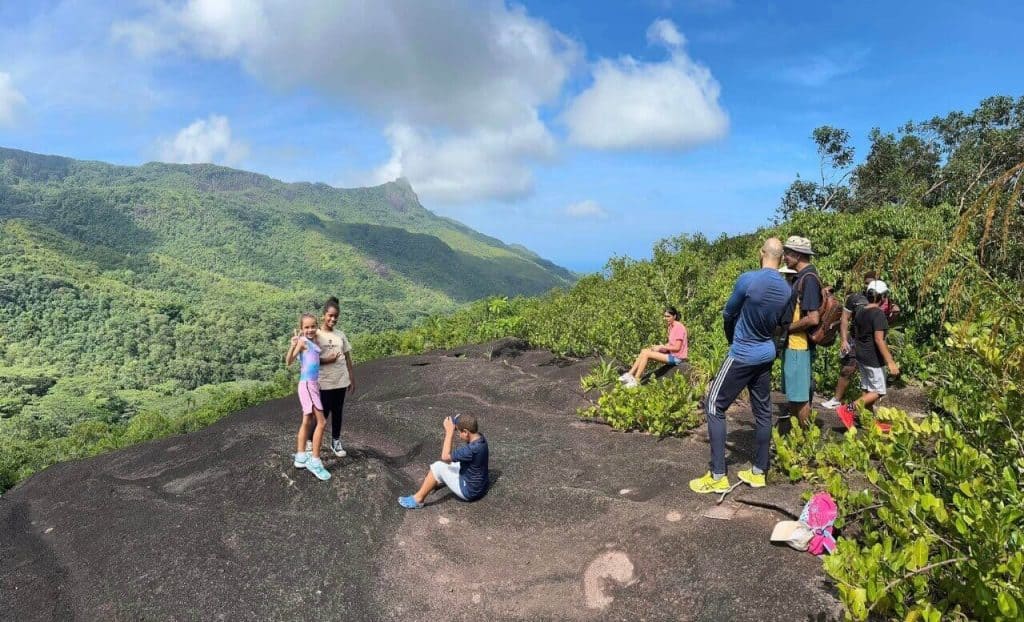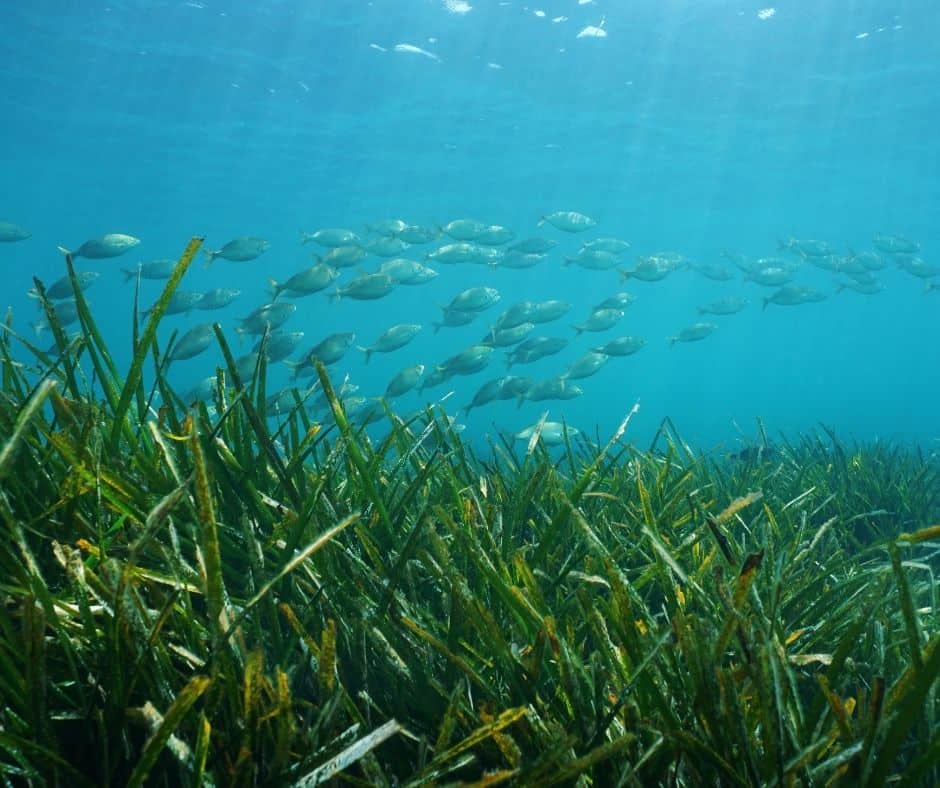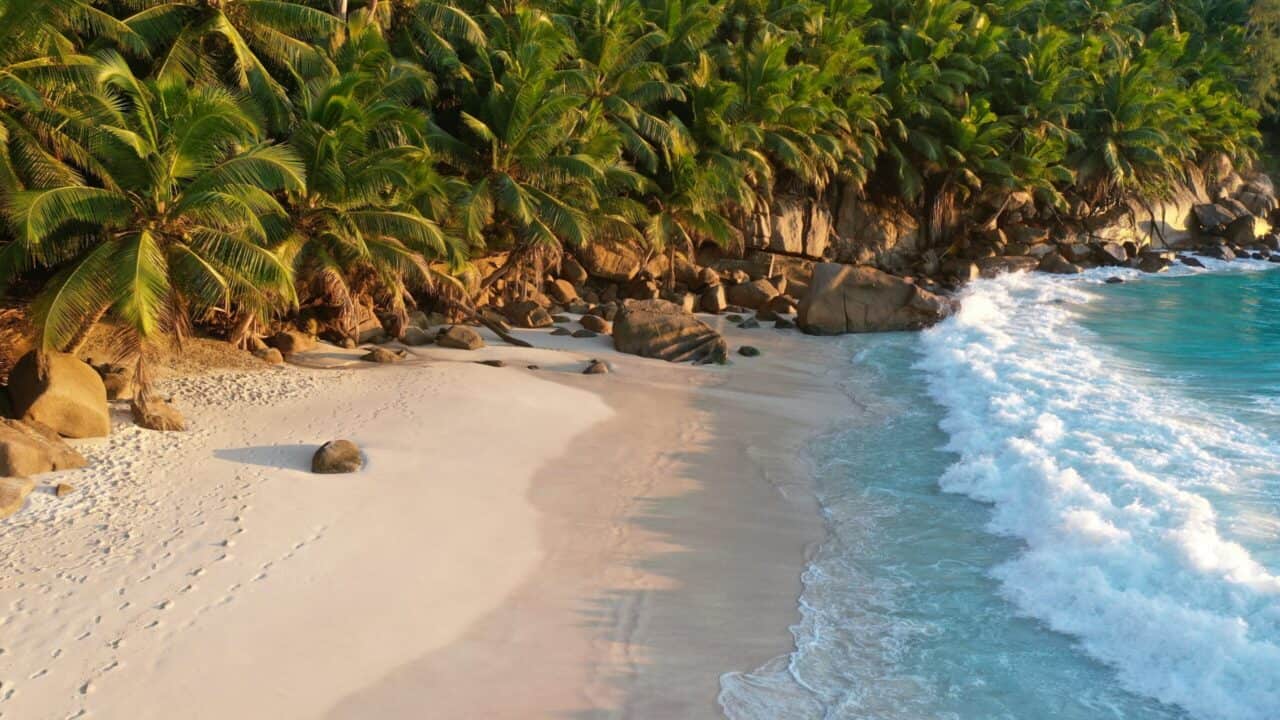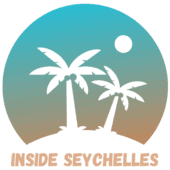Mission Lodge Seychelles
Written by Editor on 17th April 2022
Mission Lodge Seychelles
Opening hours:
Monday to Sunday: 09.00- 17.00
Entrance Fee: SCR 100/- for non-residents above 12 years (Visiting the trails are free for residents and non-residents below 12 years.

Located just beneath the peak of Sans Soucis, Mission Lodge offers one of the most exceptional views the western coast of Mahé. Once a farm and boarding school for liberated slave children, it commenced its operations in March 1876 under the name ‘Fagnes Town,’ later being renamed ‘Capucin.’
In 1889, the institution accommodated 79 pupils shortly before its unfortunate collapse. Presently, the remnants of ‘Venn’s Town’ stand as a testament to the past, situated at the commencement of a road leading to the viewpoint. From this vantage point, a mesmerizing panorama unfolds, showcasing lush mountainsides and the expansive azure ocean, where tropical birds gracefully soar. The amalgamation of tranquility and the awe-inspiring beauty of nature conspires to captivate your heart at this remarkable location.
How to get there?
From Victoria take the Sans Souci road, which leads to Port Glaud on the west coast. Approximately 1km after the summit of this hill road, a signboard indicates the entrance to the site. SPTC bus no. 14 (Victoria – Sans Souci – Port Glaud) passes close to the site. Some taxi drivers specialise in this historic site, serving as both escort and guide.

History
In 1834 England was the first western country to abolish slavery. Nevertheless, trade in slaves originating from Africa continued in the western Indian Ocean. The British Royal Navy was employed in the suppression of this human traffic, patrolling up and down the coast of East Africa and intercepting the vessels implicated in the trade, notably Arab dhows. The liberated slaves were released in Aden, Bombay, Mauritius or Seychelles, to be employed as agricultural workers.
Between 1861 and 1871, 2,409 people of African origin were set down on Mahé, increasing the Seychellois population to 11,179 inhabitants, according to the official census of 1871. However, resettlement conditions were inadequate because the Colony could provide neither schooling for the children nor any sort of instruction for the adults. The Anglican Bishop of Zanzibar wrote in 1872 “Seychelles exhibits the strange anomaly of a servile race, permanently settled among Christians who are doing absolutely nothing to wean them from their heathenism, or to teach them the truths of the Gospel.”
On 15th August 1875, the Chief Civil Commissioner for Seychelles proclaimed “The condition of the Africans in the Seychelles is a blot to our religion and on our nation. The first and easiest thing to do is to rescue the children from the evil destiny that I have described.” The colonial authorities, based in Mauritius, were sympathetic to the problem but could not make any funds available. So the Anglican Bishop of Mauritius (the Diocese, of which included Seychelles) appealed to friends abroad to finance the project.
The funds were collected in the name of the Anglican Church Missionary Society. In 1876, the Mauritian Governor allocated 50 acres (about 20 ha) for the “Industrial School and Mission at Venn’s Town”, named after the secretary of the Missionary Society in London. The annual rent for the estate, renamed Capucin, was nominal (50 cents per year). The Reverend W B Chancellor and his wife, who spoke fluent Swahili (the common language of East Africa), were appointed to launch the project in 1875. But the school at Venn’s Town was not actually opened until 20th March 1876.

More…
Situated in virgin forest, Capucin required a considerable amount of labour to clear and make the land cultivable. Between 50 and 60 African children were educated at the Industrial School and on the farm located there. Some African families were also permitted to live on the premises. The number of pupils increased from 56 in 1879 to 79 in 1889. The establishment obtained its income entirely from plantations of coffee, vanilla and coconuts, which rapidly became inadequate. The Missionary Society did not receive any grant from the Colonial Government and in 1879 it was decided that no more. pupils would be accepted at the school unless maintenance fees came from funds other than those of the Missionary Society.
The Mission was visited regularly by personalities who were passing through. The most famous was Marianne North, in 1883. During her four months in Seychelles this renowned painter, naturalist and world traveller completed 45 paintings, which today are displayed in the North Gallery at Kew Botanical Gardens in London. In her memoirs she writes that the children seemed very happy and “did not puzzle their brains with too much learning.” Their chief study seemed to be the singing of psalms, which went on from morning to night. Was their reputation as thieves when they went down to the town truly justified? North says that during three weeks spent among them, she found them rather good-natured and honest. The boarding school ceased to function in 1885.
It is not known exactly when the Mission stopped its activity at Capucin but the school closure coincided with the opening of St. Paul’s Anglican School and other religious schools towards the end of the century, and with the fact that there were no more freed slave children to be educated. Some reports give the closure as 1889, even 1892, while others claim that the Mission continued to function until 1903, but perhaps only for agricultural purposes. A forestry report of 1908 sites the “Experimental Station of Capucin” but without giving much detail. More recent famous visitors to the Mission site were HM Queen Elizabeth II and HRH Duke of Edinburgh, who on 20th March 1972 opened a viewing lodge at the present site.








